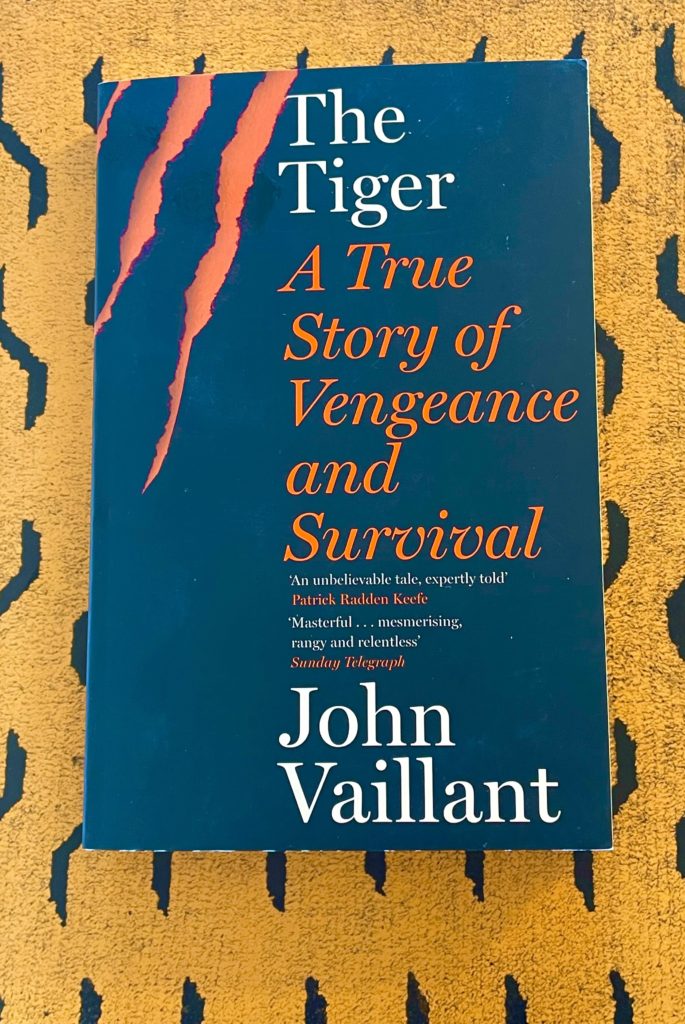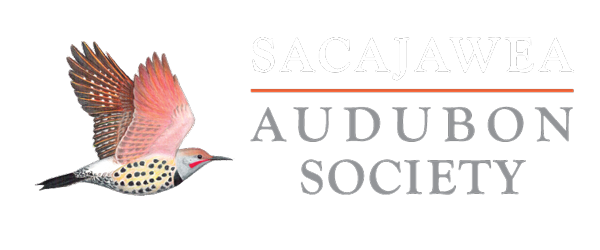This month the Sacajawea Audubon Society Book Club meeting will be held on March 20th at Hope Lutheran Church, Room 129, from 6:30 to 7:45 pm. We hope you can join us in person or virtually for a discussion of The Tiger: A True Tale of Vengeance and Survival by John Vaillant (2010). Dessert will be provided. Please bring your own hot drink.
This non-fiction best seller has been described as a “conservation thriller.” Although the volume lacks a focus on birdlife, it builds upon SAS Book Club members’ immersion with the wild and the remote Primorye region of eastern Russia. The Primorye triggered our fascination as we read Owls of the Eastern Ice in Spring 2023. In one sense, The Tiger is a side trip for SAS Book Club as the main subjects are not birds. Yet the book’s focus on understanding remote bioregions and the wildlife and birds present there is an excellent fit with our core themes.
A review of The Tiger in the New York Times sets the stage:
It’s the late 1990s in the Primorye region, on Russia’s far eastern border. An area about the size of Washington State, a “meeting place of four distinct bioregions” that include a subtropical forest and the Siberian taiga, the Primorye is home to a human population devastated by the fallout from perestroika [practice or restructuring the economic and political system], and a few hundred Amur tigers.
The largest tiger subspecies, the Amur can survive in virtually any climate, think strategically, rip bears to shreds and eat almost anything. What these tigers don’t do, in the Primorye, is eat people.
That is, until one very big, very smart animal breaks the Primorye’s long standing people-tiger truce, acquiring a taste for humans…Enter Yuri Trush, the commander of a tiger-preservation team, who must now destroy this tiger. While Trush tries to solve the mystery of where the tiger is, Vaillant tries to solve the mystery of why the tiger went rogue. To do this, he takes the reader deep into the tiger’s world, creating an intimate portrait of its inner life. (Edward Lewine, New York Times, October 8, 2010)
Like the elusive Blakiston’s Fishing Owl—the protagonist in Owls of the Eastern Ice—the author writes about the difficulty of tracking a tiger that doesn’t want to be found: “This was not an animal they followed, but a contradiction, a silence that was at once incarnate and invisible.”
If you would like to be included in monthly email reminders or to attend the meeting virtually, please email Elisabeth Swanson at elsswa@gmail.com or call her at (406) 570-8325. For other questions, you can email our other leader, Hilary Johnson, at ralphhilary@gmail.com, or call her at (406) 599-1446.













